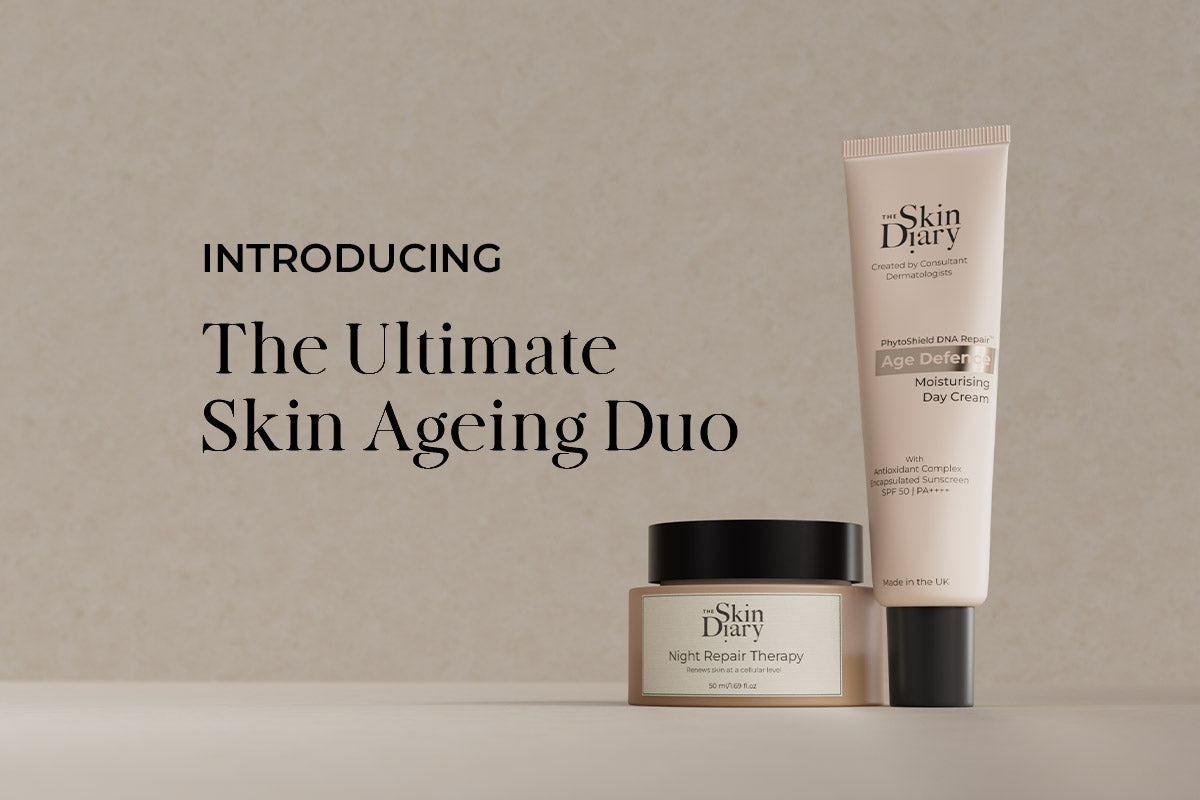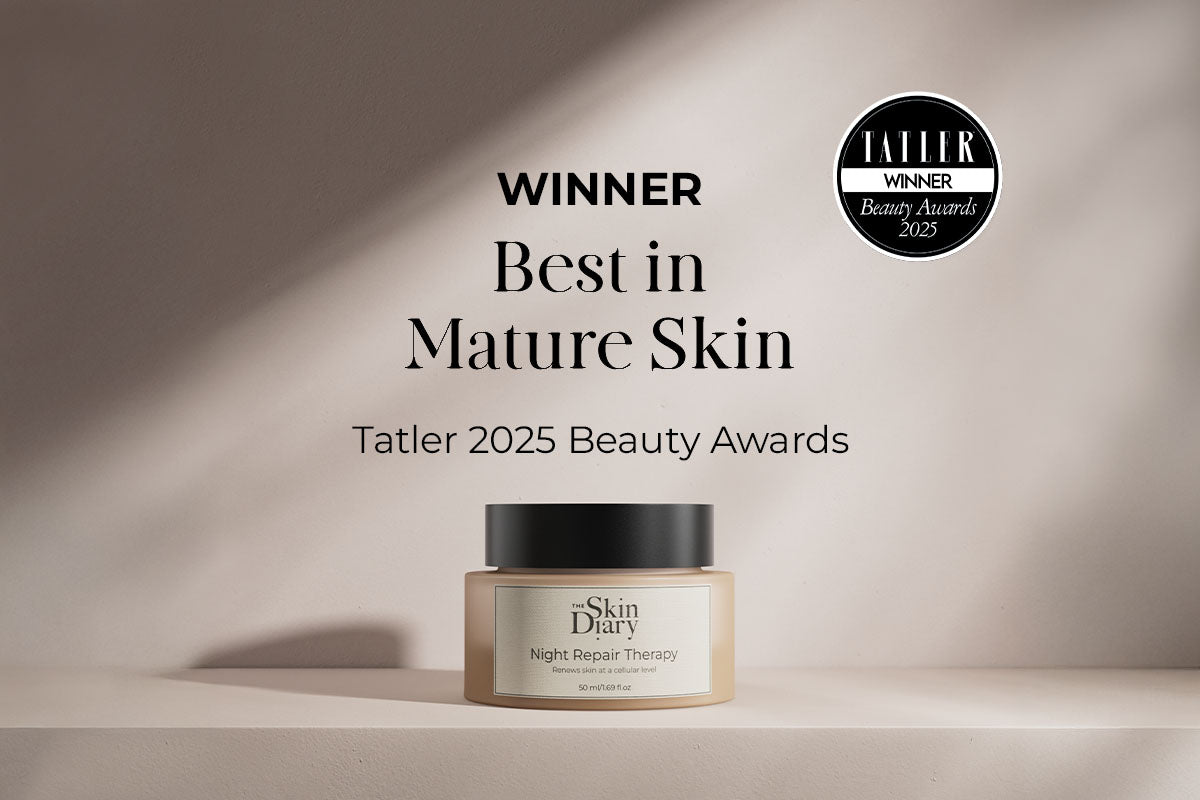Myth: Hyperpigmentation is impossible to get rid of
Truth: It can be stubborn but it’s possible to reduce it
Fortunately, the idea that hyperpigmentation is impossible to get rid of is a myth. You can absolutely reduce unwanted hyperpigmentation, dark spots and sun spots with the right ingredient and knowledge.
What is hyperpigmentation?
Hyperpigmentation is a term used for darker patches of skin caused by an overproduction in melanin. Hyperpigmentation presents in various ways, including dark spots, post-inflammatory hyperpigmentation, melasma, and even freckles. Each has degrees of severity with some easier to minimise than others.
Due to the various types of hyperpigmentation and treatment options, the concern is often branded as being ‘impossible’ to treat. Although some types of pigmentation can be tricky to treat, it’s not impossible.
Before getting into treatments, it’s important to have an expert identify which type of hyperpigmentation you have in order to understand how best to tackle it.
Best treatments for hyperpigmentation?
The best approach for minimising stubborn hyperpigmentation is a varied, expert-led approach. It can be difficult to know what to try and many people end up spending hundreds (if not thousands) trying to reduce their dark spots. You can use both topical skincare and in-clinic treatment for the treatment of hyperpigmentation; some people do a combination of both.
Topical skincare for hyperpigmentation
 Sunscreen is crucial for minimising hyperpigmentation and ensuring existing dark spots don’t worsen.
Sunscreen is crucial for minimising hyperpigmentation and ensuring existing dark spots don’t worsen.
Retinoids work to increase cell turnover, which helps minimise hyperpigmentation and reveal a more even skin tone, as well as helping to inhibit tyrosinase, an enzyme responsible for the overproduction of melanin in the skin.

Antioxidants (such as stable vitamin C) reduces melanin production and free radical damage.
There are other ingredients that work well for hyperpigmentation, such as hydroquinone, that you can get on prescription and with the continued guidance of a consultant dermatologist.
In-clinic procedures for hyperpigmentation
There are various in-clinic procedures for hyperpigmentation, including specialist lasers, intense pulsed light therapy and chemical peels. Not everyone requires in-clinic treatments; you might be surprised how effective topical skincare can be when used consistently at the right percentages.





